May 18, 2025 | 06:30 GMT +7
May 18, 2025 | 06:30 GMT +7
Hotline: 0913.378.918
May 18, 2025 | 06:30 GMT +7
Hotline: 0913.378.918
Under the main agricultural development project of Ha Tinh province, shrimp has been selected as the main farming subject by many districts, towns and cities, promoting economic development for thousands of households over the past decade.
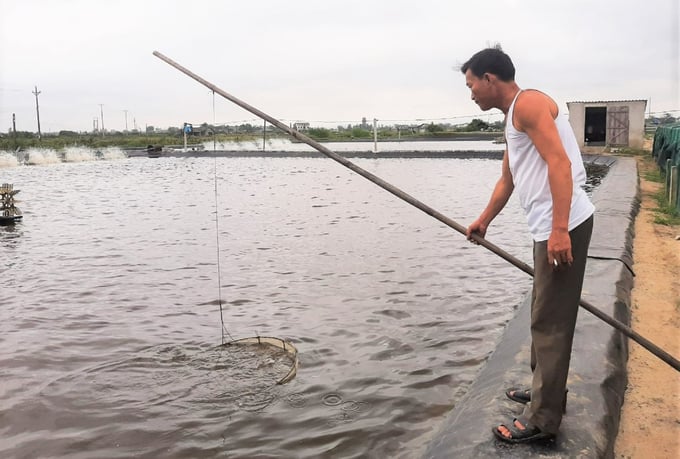
Most of the diseased shrimp areas fall under the semi-intensive, extensive, and improved extensive farming categories. Photo: Thanh Nga.
Families and people have raced to invest in shrimp farming in the past. However, this is an farming subject with high technical requirements, so due to the fluctuating prices, diseases and the environment, the farming area has not increased remarkably in recent years. Ha Tinh province currently has 2,239 hectares dedicated to shrimp farming; namely, intensive farming and industry accounts for 629 hectares; semi-intensive shrimp farming, improved extensive farming accounts for up to 1,610 hectares.
According to Ms. Dang Thi Thu Hoan, Deputy Head of Ha Tinh Sub-Department of Livestock and Animal Health, in addition to 70% of shrimp farming area in the form of semi-intensive farming, improved extensive farming, there are also wild shrimp, crabs, fiddler crab, etc. in the farming ponds. This has caused specialized agencies great difficulties in the management and prevention of diseases.
“Harmful diseases on vannamei and black tiger shrimp are mainly white spots caused by viruses, hepatopancreatic necrosis and microspores causing retarded growth. The average annual infected area accounts for 2 to 4.5% of the total farming area. Disease outbreaks are more common in semi-intensive and extensive farming methods; which are concentrated in the districts of Nghi Xuan, Ky Anh, Ky Anh town, Thach Ha, etc.”, said Ms. Hoan.
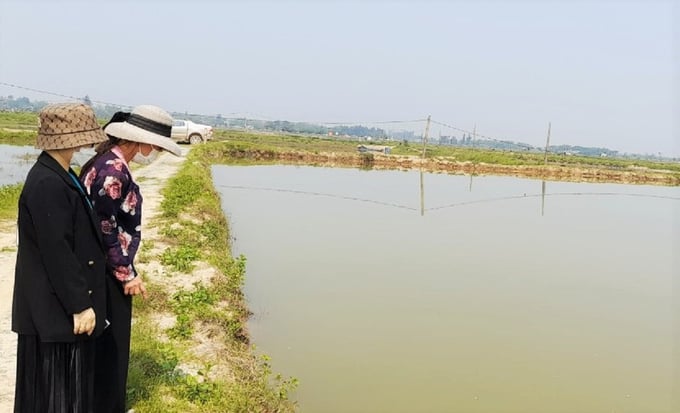
The stocking density of shrimp is too sparse and shrimp is mixed with many other crustaceans, so when they are sick, specialized agencies lose a considerable amount of time to retrieve samples for testing. Photo: Thanh Nga.
Ms. Hoan said that the objective factor is the sudden change in weather: hot, sunny weather mixed with monsoons, or prolonged heavy rain causing a sudden change in the water temperature in the pond. The cold weather lasted until mid-May in 2022; During the changing season, the day-night temperature had a difference of 13.14 degrees, which adversely affected the health of shrimp, creating conditions for pathogens to develop and cause further damage.
First and foremost, infrastructure investment is not underwhelming; The water supply and drainage system is shared, so when epidemics occur, it is difficult to control and implement prevention solutions.
Regarding the farmers, their awareness is not high despite the promotion. Shrimp farmers have failed to follow the process of shrimp raising and preventing epidemics; they directly discharged water, and diseased farmed shrimp are subsequently released into the environment, contaminating water sources as well as spreading the disease.
There are many areas where the shrimp stocking is limited. Additionally, there are natural land shrimp, crabs, fiddler crab, etc., coexisting in the farming area. These are crustaceans found in nature, they often carry dangerous pathogens that can be difficult for farmers to detect. When these diseases spread to the farmed shrimp, it is mostly uncurable.
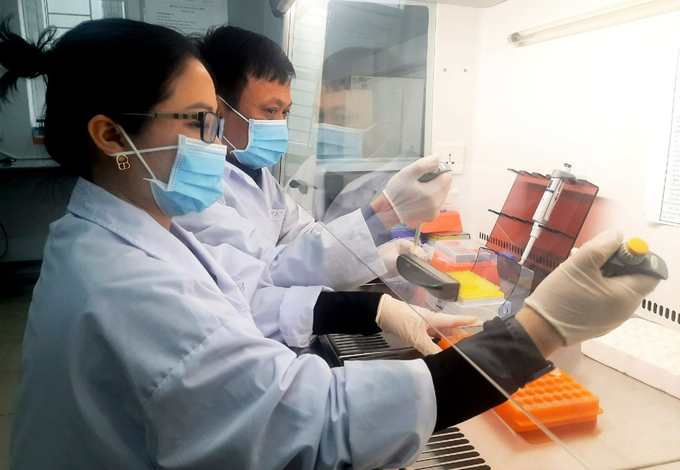
The work of detecting and combating epidemics has faced many difficulties in recent years because farmers have failed to follow the process of raising and preventing diseases recommended by specialized agencies. Photo: Thanh Nga.
In other areas, although farmers are aware that their shrimp are sick, the amount of anti-epidemic chemicals applied is ineffective due to the large farming area in ponds and lakes. Some households even refuse to implement solutions to suppress the epidemic.
In addition, the local staff specialized in livestock and anmal health is limited; they perform multiple duties simultaneously, fail to maintain a professional attitude, causing difficulties in disease detection, and consulting the government on solutions to deal with diseases.
The leader of Ha Tinh Animal Husbandry and Veterinary Sub-Department affirmed that most of the diseases on shrimp occurred on extensive and improved extensive farming areas during the 2022 epidemic outbreaks. For example, a notable outbreak occurred in Nghi Xuan district in April 2022.
At the time, dead shrimp were found scattered in several farming ponds; farmers suspected polluted water sources so they were slow to report to authorities and specialized agencies. After retrieving samples for testing, animal health agencies determined that the shrimp suffered from white spot disease and the diseased area had spread widely.
“Improved extensive farming usually use a small amount of stock, farmers often only release 1-2 thousand seeds per 1 hectare of ponds and lakes. They stocked at a density of approximately 1 seed per square meter, losses excluded. With such a scarce density, it is difficult for specialized agencies as well as farmers to detect sick shrimp. As a result, we lost a lot of time trying to find shrimp samples for testing”, recalled Ms. Dang Thi Thu Hoan.
According to Ms. Hoan, the lack of detection or late detection of pathogens greatly affects the effectiveness of the fight against the epidemic. Consequently, for semi-intensive, extensive, and extensive shrimp farming areas, local authorities and grassroots veterinarians need to step in to disseminate information and raise awareness for farmers, strictly deal with cases of discharging water, diseased shrimp into the environment instead of handling according to regulations.
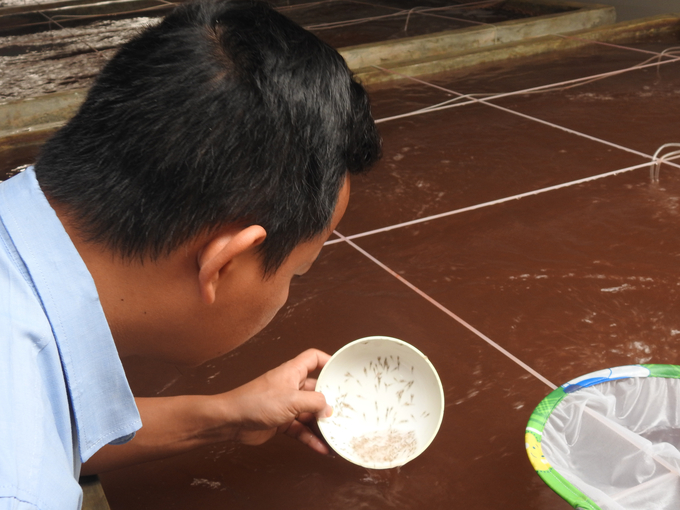
The selection of quality shrimp seed plays a very important role in limiting harmful diseases. Photo: Thanh Nga.
In order to minimize the damage caused by the disease, farmers must actively and timely implement comprehensive disease prevention measures under the guidance of specialized agencies. Accordingly, the infrastructure must be reinforced by separating the water supply and drainage system; water treatment must be guaranteed before the shrimp is put into the pond; comply with the farming process, regulations on disease prevention, namely, good hygiene, disinfection and sterilization of the farming area; when selecting breeding stock at reputable establishments, farmers are advised to directly examine the seed lot at the establishment. Regarding breeding stock originating from outside the province, a quarantine dossier must be submitted; Seeds in the province must be accompanied by negative test results for dangerous diseases.
Cooperatives and households are recommended to have common seed source, sign contracts to identify responsibilities, facilitate disease inspection and monitoring, and settle disputes when problems arise. During the farming process, shrimp health and water environmental factors must be constantly monitored to make appropriate and timely adjustments; regularly use bioproducts and siphon the pond bottom to remove waste.
More importantly, drugs used to treat shrimp must be on the list of drugs permitted for circulation; avoid abusing antibiotics to prevent drug resistance and ensure food safety.
Translated by Nguyen Hai Long
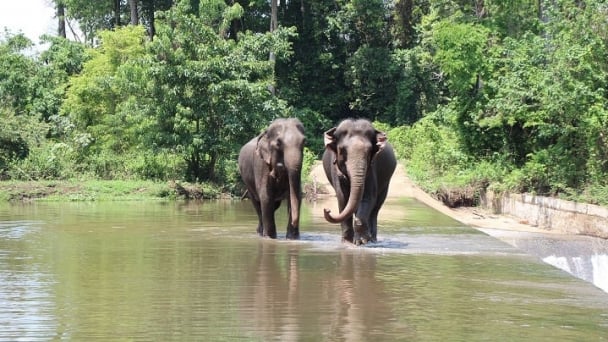
(VAN) 14 out of 35 domesticated elephants in Dak Lak province have had their living conditions improved, with 11 of them currently participating in the non-riding elephant tourism model.
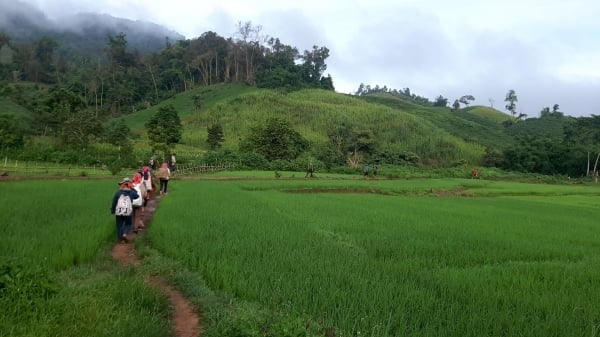
(VAN) Muong Nhe Nature Reserve hopes that being upgraded to a national park will lay the foundation for forest protection efforts to be carried out in a systematic, modern, and sustainable manner.
/2025/05/16/3923-2-171845_52.jpg)
(VAN) Lower costs, higher yields, and improved soil quality are outstanding benefits that soybeans bring when integrated into the crop rotation system.
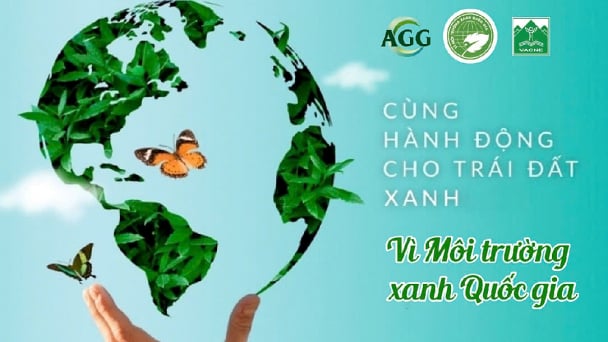
(VAN) The 'For a Green National Environment' programme aims to promote a green lifestyle, support businesses in implementing ESG practices, and turn Net Zero commitments into concrete actions.

(VAN) Cold-barn systems efficiently manage environmental and temperature conditions, which aids in the prevention of respiratory diseases in pigs and protects them from the vectors that transmit African swine fevers.
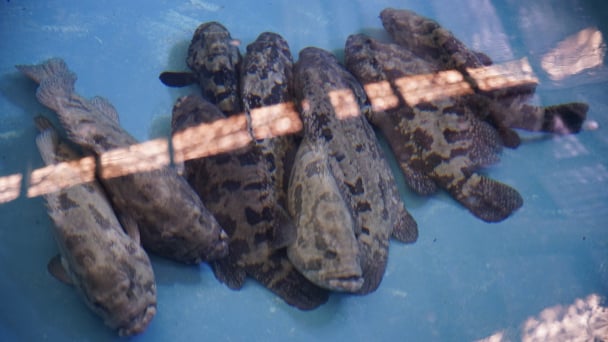
(VAN) To tackle challenges, the project 'Addressing key technical bottlenecks in the grouper supply chain in Vietnam' has been underway since 2024.

(VAN) The project 'Disease-Resilient and Sustainable Cassava Production Systems in the Mekong Region', funded by the Australian Center for International Agricultural Research (ACIAR), is being implemented from 2024 to 2028.